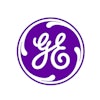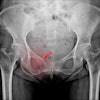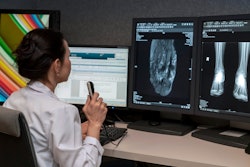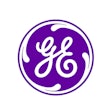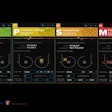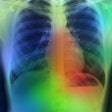
In the dynamic field of radiology, the increasing demand for imaging services has led to a surge in the development of workflow efficiency applications, particularly those utilizing artificial intelligence (AI). A recent scientific paper titled "Selecting the Best Radiology Workflow Efficiency Applications" addresses the challenge radiology practices face in selecting the most effective tools from a vast array of applications. The authors propose a structured framework to evaluate these applications based on their ability to address specific operational pain points within the radiology workflow.
The paper identifies 31 key operational challenges faced by radiology departments, categorized into five stages of the workflow: planning, scan room, reading room, administration, and treatment room. By mapping these pain points to the features of various applications, the authors provide a comprehensive assessment framework that includes key dimensions such as pain point coverage, efficiency claim strength, evidence and credibility, ease of integration, and usability. This framework is helpful for guiding healthcare providers in making informed decisions about which applications will best meet their needs and improve overall workflow efficiency.
Moreover, the authors emphasize the importance of quantifying the financial benefits associated with the implementation of these applications. By focusing on metrics such as increased patient throughput, reduced no-show rates, and improved administrative efficiency, radiology practices can better understand the potential return on investment for adopting specific workflow efficiency tools. This financial perspective is important for decision-makers in healthcare institutions, as it aids in justifying investments in technology that purports to enhance productivity and patient outcomes.
The paper provides a valuable guide for radiology practices seeking to navigate the complex landscape of workflow efficiency applications. By utilizing the proposed assessment framework, institutions can effectively identify and select the applications that align with their operational goals. This structured approach not only addresses workflow challenges but may also contribute to improved patient care and satisfaction.
To further explore the connection between workflow efficiency applications and patient engagement, we encourage you to watch an insightful video panel hosted on the Calantic website. This panel discussion focuses on the role of artificial intelligence in enhancing patient engagement within radiology, highlighting how innovative solutions can empower patients, improve workflow efficiency and continuity of care, and improve the patient’s overall healthcare journey and experience. The video can be viewed here
See the Panel Discussion.
